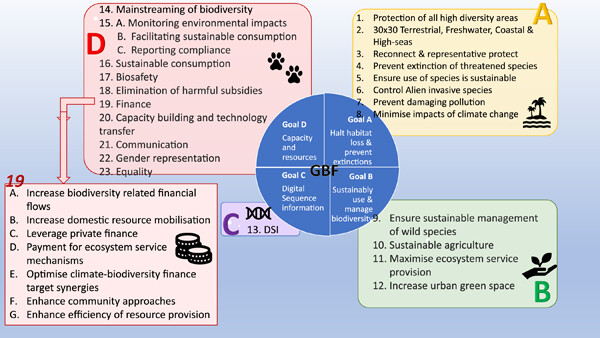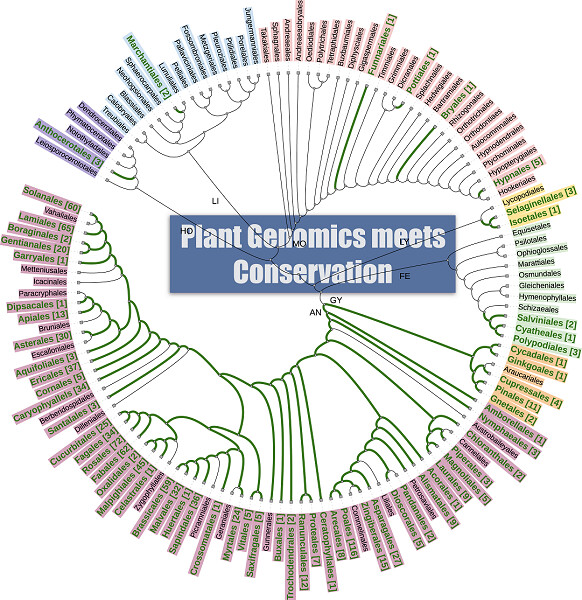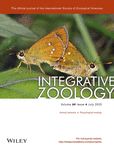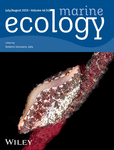Journal list menu
Export Citations
Download PDFs
Table of Contents
The Post-2020 Global Biodiversity Framework: How did we get here, and where do we go next?
2020年后全球生物多样性框架:历史与展望
- First Published: 14 February 2023
Serious games for environmental education
严肃游戏在环境教育中的应用
- First Published: 31 March 2023
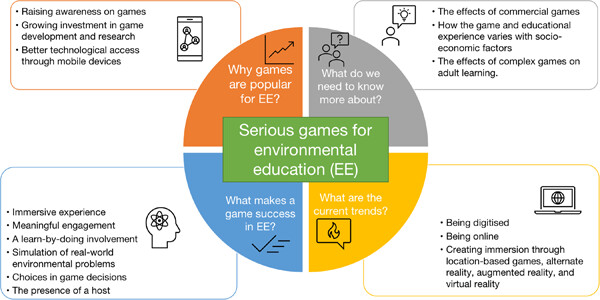
A review of 56 research studies on games used for environmental education revealed that the popularity of games is due to raising awareness, growing investment and better technological access. Successful games are ones that are immersive, have meaningful engagement, involve learning-by-doing, simulate the real world, give choices in decisions and have a host. Increasingly being digitised, online games provide a real-world reality online and enable learners to interact with the natural environment, in turn strengthening their environmental appreciation.
Priorities for protected area expansion so nations can meet their Kunming-Montreal Global Biodiversity Framework commitments
甄选优先保护区域,确保各国履行昆明-蒙特利尔全球生物多样性框架的承诺
- First Published: 29 October 2023
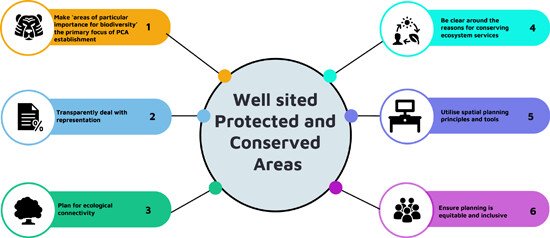
Here we provide a review of the type of areas that nations need to prioritise when implementing Target 3 that relates to area ‘quality’: areas of particular importance for biodiversity and ecosystem functions and services, are effectively conserved and managed through ecologically representative, well-connected and equitably governed systems. We show that data is available for 12 distinct biodiversity conservation and ecosystem service elements that can be mapped and, if conserved, will (with appropriate management) help meet the broad intention of Target 3. We highlight examples of the planning methods available that can be utilized so these areas can be targeted for protection. We discuss issues related to trade-offs regarding how to prioritise amongst them as well as to operationalise some of the vaguer concepts like ‘representation’ and ‘ecosystem functions and services’ so that they achieve the best outcomes for biodiversity.
Trends and progress in studying butterfly migration
蝴蝶迁徙行为的研究趋势与进展
- First Published: 05 December 2022
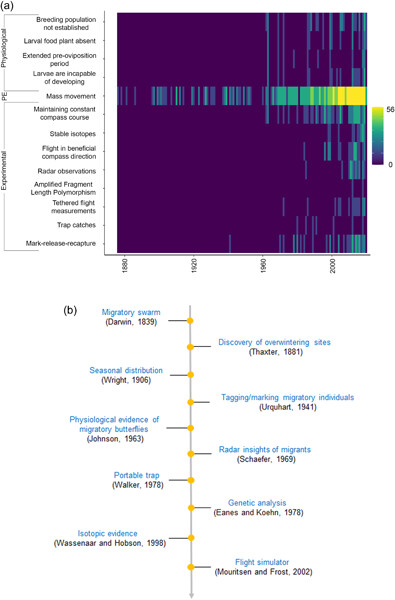
We show (i) the potential importance of non-English-language literature for understanding butterfly migration globally, (ii) studies are mostly concentrated in North America and Europe with very few from the tropics, (iii) most studies are focused on three species: the Monarch (Danaus plexippus), Painted Lady (Vanessa cardui) and Red Admiral (Vanessa atalanta). There remain hundreds of species for which the full seasonal pattern of movement, flight destination, wintering or breeding grounds remain unknown.
China's wandering elephants: Integrating exceptional movements into conservation planning
中国亚洲象游牧行为的启示:整合特殊运动行为的保护规划
- First Published: 11 December 2022
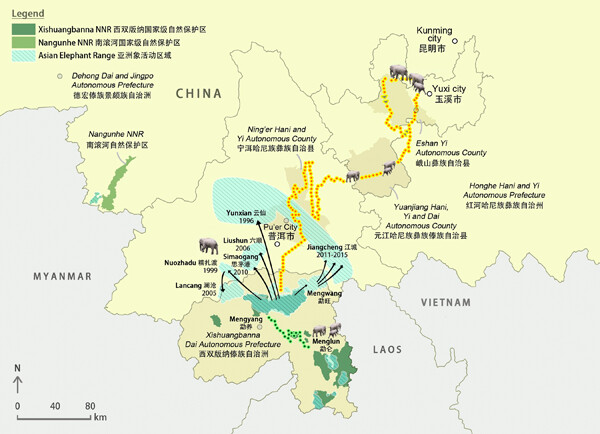
In May–June 2021 a herd of wild Asian elephants attracted global attention when they walked into the skirts of Kunming, hundreds of km from their original home in Xishuangbanna, Southwest China. This unusual behavior puzzled observers and mobilized an unprecedented response from local authorities. Here, we analyzed the elephants' movements to better understand their behavior and its conservation implications. Our analyses indicate that the Kunming herd movement type corresponds to a form of short-term nomadism (and not a migration, as often described), probably triggered by a severe drought that hit Southwest China in 2019–2020. On their way to Kunming, the elephants made unusual habitat choices, moving unexpectedly close to human influence, probably due to habituation and the attraction to crops for food. Fifteen months after initiating their trip, the elephants showed high body condition scores, indicating good health despite the long period away from their familiar habitats. Based on these results, we recommend conservation strategies based on protected areas, habitat connectivity, and human-elephant conflict mitigation. Our study highlights the ecological and behavioral plasticity of elephants and the importance of integrating movement ecology in conservation planning, especially for wide-ranging animals like elephants.
Threatened species are disproportionately important interactors in a seed dispersal network in Southeast Asia
东南亚地区濒危物种在种子散布网络中扮演着关键性角色
- First Published: 07 December 2022
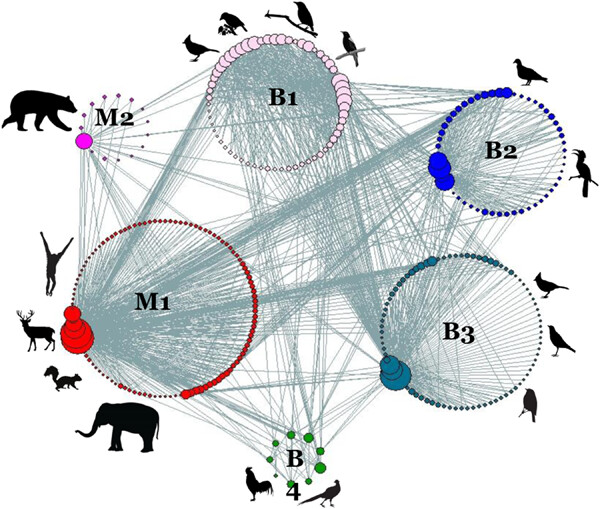
The rainforests of Southeast Asia have a high diversity of animals, many of which eat fruit and disperse the seeds of forest plants. Several large-bodied species occur in these forests; these animals are predicted to have especially important seed dispersal roles but are also among the species most threatened by defaunation. In this study, we constructed a seed dispersal network to identify which animal species might be playing important roles in the community. We found that several threatened animal species play especially important seed dispersal roles, according to the metrics calculated from the network. Many of the important animal species were also medium to large-bodied, but there were several exceptions to this generalization. Among the most important dispersers in the network were primates, deer, squirrels, bears, civets, hornbills, pigeons and the small-bodied bulbuls. The potential nonrandom loss of these animals could threaten the integrity of this tropical rainforest.
Modelling past and future land-use changes from mining, agriculture, industry and biodiversity in a rapidly developing Southeast Asian region
采矿、农业、工业和生物多样性保护影响下东南亚快速发展区域过去和未来土地利用变化模拟
- First Published: 23 March 2023
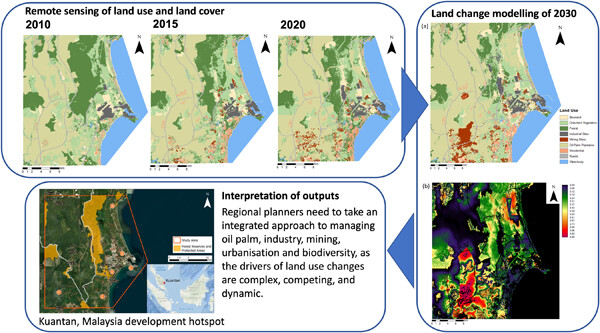
We apply an integrative perspective to modelling current and future land-use change in Kuantan, Malaysia, a location with highly biodiverse forests, and also a hotspot of land-use change. The region is representative of the types of development challenges faced by countries in Southeast Asia, which are also biodiversity hotspots. Our modelling can assist government bodies, stakeholders and policymakers by providing information for evidenced-based future planning and sustainable development decisions.
Integrating genomics and conservation to safeguard plant diversity
整合基因组学与保护生物学研究,保护植物多样性
- First Published: 21 February 2023
Conserving urban tropical biodiversity by connecting networks of green patches
连通绿地斑块, 保护热带城市生物多样性
Memulihara biodiversiti tropika bandar dengan menghubungkan rangkaian tompok kawasan hijau
- First Published: 30 June 2023
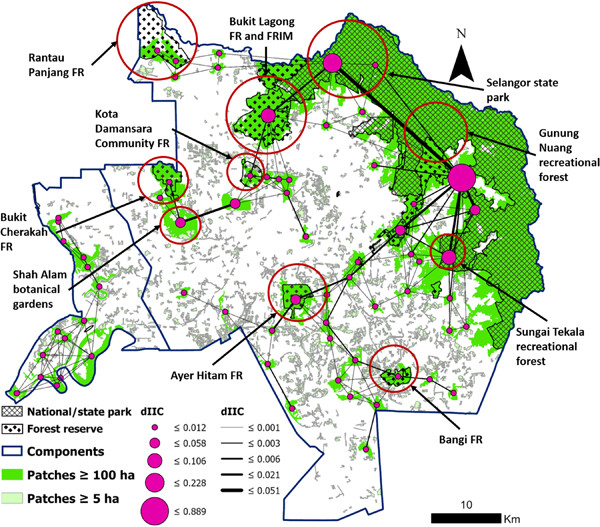
The objective of this study is to characterise ecological connectivity for mammals and identify important patches and linkages for connecting urban green spaces for Greater Kuala Lumpur, Malaysia. Our results demonstrate the potential for Southeast Asian megacities to support biodiversity in the urban context, and the potential for a different kind of urban development, which supports biodiversity in its urban fabric.
Spatio-temporal dynamics of human−elephant conflict in a valley of pineapple plantations
菠萝种植园中的人象冲突时空动态
- First Published: 24 July 2023
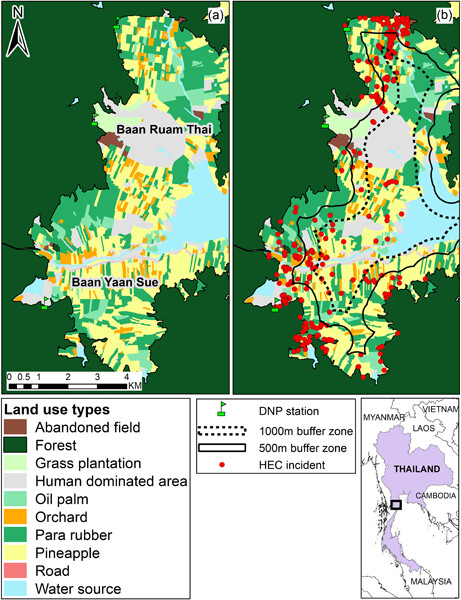
This is a study of the spatiotemporal patterns of Human−Elephant conflict in a community area adjacent to Kuiburi National Park, southern Thailand. We examined temporal and spatial patterns of elephant crop raiding by assessing the locations of elephant raids in conjunction with environmental factors along with crop characteristics and crop availability. Raiding incidents primarily happened in pineapple plantations; however, compositional analysis suggested that fruit orchards were the most preferred by elephants. Logistic regression models predicted that crop type/crop stage, distance to forest and mitigation strategy combined had the strongest support in explaining the probability of crop raiding. The most frequently used mitigation measure was guarding by local people, although the relative effectiveness did not show a clear pattern. Other results also indicated that water availability and season were not associated with elephant raiding. Our study also indicates that there is no zone in Kuiburi that is free from elephant raiding which cause the current state of this area to be critical and unsustainable. We recommend improvements in the mitigation measures through better coordination and development of action plans including an examination of the feasibility of growing crops less preferred by elephants.




